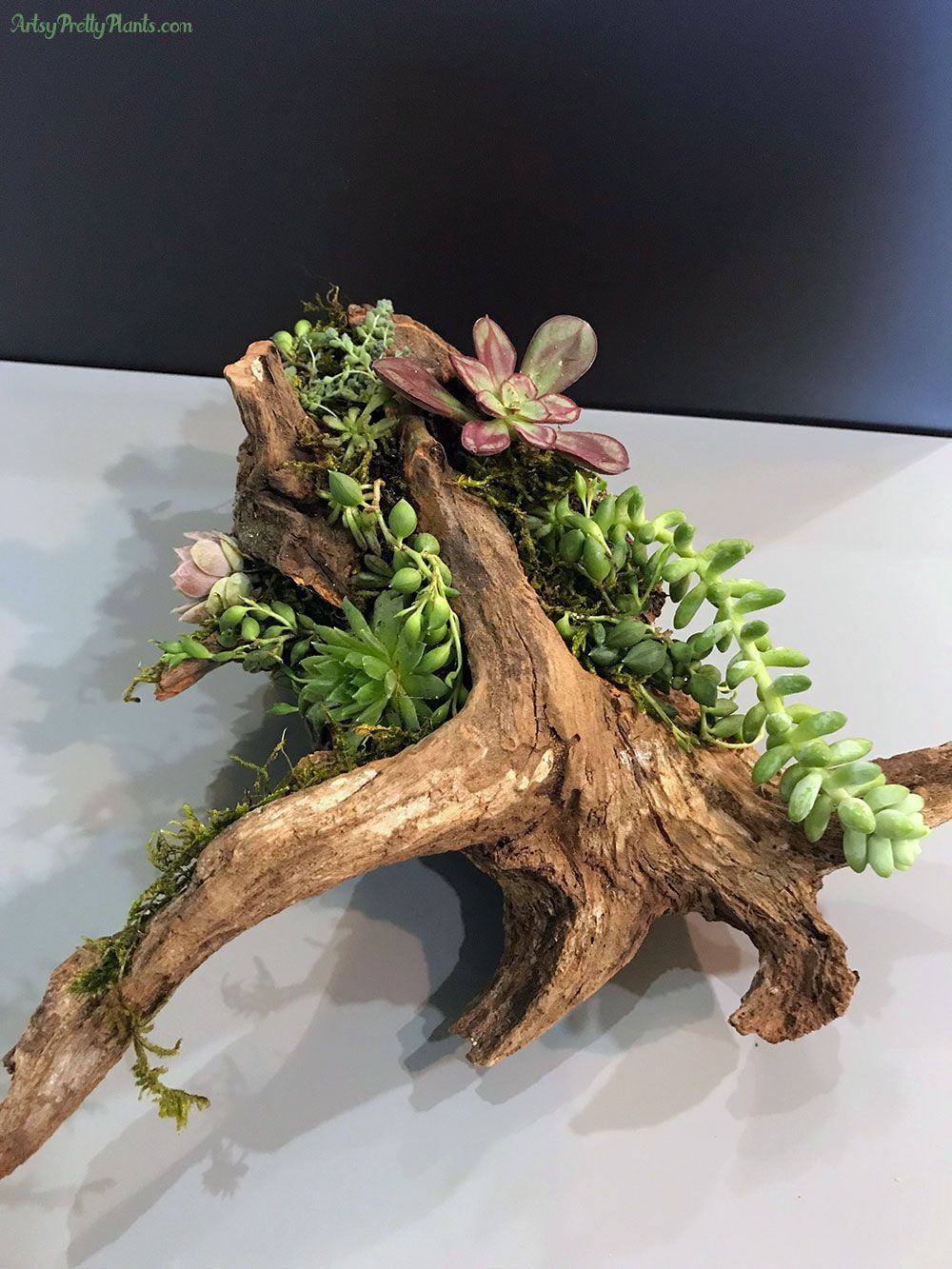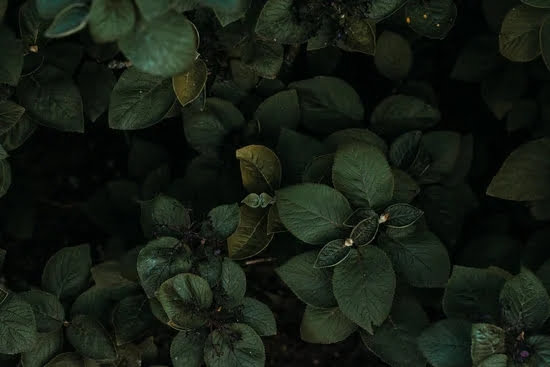Are you interested in starting a garden but not sure where to begin? This article is filled with gardening ideas for beginners, from choosing the right plants to understanding soil and sunlight. Whether you have limited outdoor space or are looking for a simple and manageable garden layout, we’ve got you covered. We’ll also provide essential tools every beginner should have and offer tips on watering, maintenance, and dealing with common challenges.
Gardening can be a rewarding and therapeutic hobby, offering numerous benefits and joys for beginners. Not only does it allow you to connect with nature and enjoy the beauty of your surroundings, but it also provides a sense of accomplishment as you watch your plants grow and thrive. Additionally, gardening can improve mental well-being, reduce stress levels, and even provide a source of fresh produce if you choose to grow fruits or vegetables.
Our aim is to support new gardeners through their journey by providing valuable information on how to get started in an accessible way. With the right guidance, resources, and determination, anyone can start their own garden regardless of prior experience or knowledge. Whether you’re interested in adding some greenery to your home or creating an outdoor sanctuary, we hope this article will inspire and empower you to embark on your own gardening adventure.
Choosing the Right Plants
When starting a garden, it’s important for beginners to choose plants that are easy to grow and require minimal maintenance. This can help build confidence and ensure a successful gardening experience. Some great options for beginner gardeners include herbs like basil, rosemary, and mint, as well as vegetables such as tomatoes, lettuce, and green beans. These plants are generally resilient and forgiving, making them ideal choices for those new to gardening.
In addition to herbs and vegetables, beginner gardeners may also consider hardy perennials such as daylilies, black-eyed Susans, and sedum. Perennials are plants that come back year after year with minimal effort, making them a great long-term investment for new gardeners. It’s also important for beginners to consider the climate and growing conditions in their area when selecting plants. Choosing native or locally adapted varieties can make gardening easier and more successful.
One common mistake that beginners make is choosing high-maintenance or finicky plants that may be challenging to grow. It’s essential for novice gardeners to start with plants that are known for their resilience and adaptability. As they gain more experience and confidence, they can gradually expand their plant selection to include more demanding species. By choosing the right plants from the start, beginner gardeners can set themselves up for a positive and rewarding gardening experience.
| Easy-to-Grow Plants | Low-Maintenance Plants |
|---|---|
| Herbs (basil, rosemary, mint) | Hardy Perennials (daylilies, black-eyed Susans) |
| Vegetables (tomatoes, lettuce, green beans) | Native or locally adapted varieties |
Understanding Soil and Sunlight
When it comes to successful gardening, understanding the importance of soil quality and sunlight is crucial for beginners. The right soil provides essential nutrients for plants to thrive while sunlight is necessary for the process of photosynthesis. Here are some tips to help beginner gardeners grasp the significance of these factors:
- Soil Quality: Before starting a garden, it’s important to assess the soil in your chosen area. Soil tests can determine the pH level and nutrient content, helping you understand what type of plants will thrive in that environment. For beginner gardeners, choosing easy-to-grow plants that are adaptable to different soil types is a great way to start.
- Sunlight: Understanding the sunlight needs of your plants is also essential. Some plants require full sun, while others thrive in partial or full shade. Observing the amount of sunlight your garden receives throughout the day will help you choose the right plants for your space.
In addition to selecting the right plants based on soil and sunlight conditions, beginner gardeners can also improve their gardening success by making adjustments to their existing environment. This can involve techniques such as using raised beds with imported soil or creating microclimates with shade cloth.
Overall, paying attention to soil quality and sunlight when starting a garden will set beginner gardeners up for success and ensure a thriving and healthy garden.
For those looking for additional information on understanding soil quality and sunlight in gardening, there are plenty of resources available online and through local gardening groups. Beginner gardeners can also consider reaching out to experts at nurseries or extension offices for personalized advice specific to their region and gardening needs. By continuously expanding their knowledge base, beginners can confidently navigate the intricacies of gardening and nurture a verdant oasis they can be proud of.
Essential Tools for Beginners
When starting a new hobby like gardening, it’s essential to have the right tools to help you get started. Here are some basic gardening tools that every beginner should have in their arsenal:
First and foremost, a good pair of gardening gloves is essential. They will protect your hands from thorns, sharp objects, and dirt while working in the garden. Look for gloves that provide a good grip and are comfortable to wear for extended periods.
A trowel is another must-have tool for beginner gardeners. This handheld shovel is perfect for digging small holes for planting, transferring plants from pots to the ground, and removing weeds. Look for a trowel with a sturdy handle and a durable metal blade.
A watering can or hose is crucial for keeping your plants hydrated. If you have a smaller garden or are growing plants in containers, a watering can may be sufficient. However, if you have a larger garden, investing in a good quality hose with an adjustable nozzle will make watering much easier.
Finally, a pair of pruning shears will come in handy for trimming and shaping your plants. Whether you’re cutting back overgrown branches or deadheading flowers to encourage new growth, pruning shears are an essential tool for maintaining a tidy and healthy garden.
These basic gardening tools are just the starting point for beginners who want to dive into the world of gardening. As you gain more experience and expand your gardening skills, you may find yourself adding more specialized tools to your collection.
| Gardening Tool | Function |
|---|---|
| Gardening gloves | Protects hands from thorns and sharp objects |
| Trowel | Digs small holes and transfers plants |
| Watering can/hose | Keeps plants hydrated |
| Pruning shears | Trims and shapes plants |
Container Gardening
If you live in an apartment or have a small outdoor space, container gardening can be a great way to enjoy the benefits of gardening without requiring a large yard. Here are some gardening ideas for beginners to get started with container gardening:
1. Choose the Right Containers: When starting a container garden, it’s important to select the right type of containers for your plants. Make sure they have drainage holes to prevent waterlogged soil and root rot. Additionally, consider the size of the plant and its root system when selecting containers.
2. Select Suitable Plants: Many types of vegetables, herbs, and flowers are well-suited for container gardening. Some popular choices include tomatoes, peppers, lettuce, basil, and marigolds. Be sure to research the specific needs of each plant and choose varieties that are suitable for growing in containers.
3. Consider Location and Sunlight: Just like traditional gardening, plants grown in containers require adequate sunlight to thrive. When choosing a location for your containers, consider the amount of sunlight available throughout the day and select plants that match those light conditions.
Overall, container gardening is a fantastic option for those with limited outdoor space who still wish to experience the joys of gardening. By following these tips and ideas for beginner gardeners, you can create a thriving container garden that brings beauty and freshness to your home or balcony.
Creating a Beginner-Friendly Garden Layout
When starting a garden, beginners may feel overwhelmed by the prospect of designing a layout for their plants. However, creating a beginner-friendly garden layout doesn’t have to be daunting. With some careful planning and consideration, even those with little gardening experience can successfully design a simple and manageable garden layout.
Assessing Space and Sunlight
The first step in creating a beginner-friendly garden layout is to assess the available space and sunlight in your outdoor area. Take note of where the sunlight hits throughout the day, as this will determine which areas are best for planting sun-loving or shade-loving plants. Additionally, consider the size of your outdoor space and how much room you have for different types of plants.
Choosing Plant Placement
Once you have assessed your space, consider grouping plants according to their specific needs. For example, place plants that require more water together in one area, while placing drought-tolerant plants in another. This will make watering and maintenance easier to manage for beginners. Additionally, consider tall-growing plants that could potentially block sunlight to shorter ones when planning your layout.
Incorporating Pathways and Access Points
A crucial aspect of a beginner-friendly garden layout is ensuring easy access to all parts of the garden for planting, watering, and maintenance tasks. Consider incorporating pathways or walkways between plant beds to allow for easy navigation through the space. These pathways can also serve as access points when tending to your plants or harvesting produce.
By following these suggestions for designing a simple and manageable garden layout, beginners can set themselves up for success in their gardening journey. Remember that designing a garden layout is an ongoing process, so don’t be afraid to make adjustments as needed based on your growing experience and preferences as you gain confidence in your gardening skills.
Watering and Maintenance Tips
Importance of Proper Watering
Watering is a critical part of plant care, and it’s important for beginner gardeners to understand the basics. One of the most common mistakes made by beginners is either overwatering or underwatering their plants. Overwatering can lead to root rot and other issues, while underwatering can cause wilting and stunted growth. It’s important to research the specific watering needs of each plant you have in your garden.
Establishing a Watering Schedule
One way to ensure that your plants are getting the right amount of water is to establish a watering schedule. This will depend on factors such as the type of plant, the climate in your area, and the type of soil you have. Generally, it’s best to water your plants deeply but infrequently, rather than giving them a little water every day. This encourages deeper root growth and overall healthier plants.
Basic Plant Care Tips
In addition to proper watering, there are several other basic plant care tips that beginner gardeners should keep in mind. Regularly inspect your plants for signs of pests or disease, and address any issues promptly. Fertilize your plants according to their specific needs – some may require more frequent feeding than others. Finally, consider mulching around your plants to help retain moisture in the soil and reduce weed growth.
By following these watering and maintenance tips, beginner gardeners can set themselves up for success as they embark on their gardening journey.
Dealing With Common Beginner Gardening Challenges
As a beginner gardener, it’s important to be prepared for the common challenges that may arise when tending to your plants. Dealing with issues like pests, diseases, and weather-related challenges is a normal part of gardening, but there are steps you can take to address and prevent these problems.
One of the most common challenges for beginner gardeners is dealing with pests. Insect pests like aphids, caterpillars, and beetles can wreak havoc on your plants if left unchecked. To address this issue, consider using natural pest control methods such as introducing beneficial insects or using organic pesticides. Additionally, regularly inspecting your plants for signs of pest infestation can help you catch and address the problem early on.
Diseases can also pose a challenge for beginner gardeners. Fungal diseases like powdery mildew and bacterial infections can quickly spread and damage your plants if not properly managed. To prevent these issues, make sure to maintain good air circulation around your plants, avoid overhead watering, and remove any affected plant parts promptly. Using disease-resistant plant varieties can also help minimize the risk of plant diseases in your garden.
Weather-related challenges, such as extreme temperatures, heavy rainfall, or drought conditions, can impact the health of your garden. To mitigate these challenges, consider using mulch to protect the soil from temperature fluctuations and retain moisture during dry spells. Providing shade or wind protection for delicate plants can also help them thrive despite adverse weather conditions.
By being aware of these common beginner gardening challenges and taking proactive measures to address them, you’ll be better equipped to maintain a healthy and thriving garden. Remember that learning from experience is an essential part of becoming a successful gardener, so don’t be discouraged by setbacks – they are opportunities to improve your skills and knowledge in gardening ideas for beginners.
Further Resources for Beginner Gardeners
As a beginner gardener, it’s important to continue learning and seeking support as you cultivate your green thumb. Fortunately, there are plenty of resources available to help you expand your knowledge and connect with like-minded individuals.
Books are a great way to delve deeper into specific gardening techniques, plant species, and design principles. Look for titles that cater to beginners and cover the basics of gardening ideas for beginners, including topics such as soil health, plant care, and garden layout.
In addition to books, online sources can provide a wealth of information and inspiration for novice gardeners. Websites, blogs, and forums dedicated to gardening offer practical advice, troubleshooting tips, and creative ideas for making the most of your gardening space. You can also join online communities or social media groups focused on gardening to connect with other beginners and experienced gardeners who can offer guidance and support.
For those who prefer face-to-face interaction, local gardening clubs or organizations can be invaluable resources for beginner gardeners. These groups often host events, workshops, and plant exchanges where you can learn from seasoned experts in a hands-on setting.
Connecting with local gardeners can also provide access to region-specific advice tailored to your climate and growing conditions. Whether you’re looking for book recommendations, online resources, or in-person support, there are plenty of avenues for continued learning and growth as you embark on your gardening journey.
Conclusion
In conclusion, gardening is a rewarding and fulfilling hobby that can bring so much joy and satisfaction to beginners. It provides an opportunity to connect with nature, get some physical activity and fresh air, and even grow your own fresh produce right at home. The tips and ideas provided in this article are just a starting point for those new to gardening, but the possibilities are endless.
Remember, when starting out as a beginner gardener, it’s essential to start small and not get overwhelmed. Start with easy-to-grow plants and gradually expand your garden as you gain more experience. Don’t forget to do thorough research on the specific needs of the plants you choose and invest in the basic gardening tools.
As you begin your gardening journey, don’t be afraid to make mistakes – it’s all part of the learning process. Joining local gardening clubs or seeking help from experienced gardeners can also provide valuable support and advice. So go ahead, get your hands dirty, unleash your creativity, and enjoy the therapeutic benefits of nurturing a garden. With these tips, you’ll be well on your way to becoming a successful gardener.
Frequently Asked Questions
What Should I Garden for Beginners?
For beginners, it’s best to start with easy-to-grow plants like herbs (such as basil, mint, and parsley), salad greens (like lettuce and spinach), and cherry tomatoes. These are low-maintenance and provide quick results, making the gardening experience enjoyable for beginners.
What Should You Do First in a Garden?
The first step in starting a garden is to plan out the layout and choose a suitable location with access to sunlight and water. Clear any debris or weeds from the area before preparing the soil for planting. It’s important to also consider adding any necessary amendments to improve soil quality.
What Is a Good Layout for a Vegetable Garden?
A good layout for a vegetable garden is to arrange plants in rows or raised beds, keeping taller plants at the back of the garden so they don’t shade smaller ones. Grouping together vegetables with similar water and sunlight needs also helps with efficient irrigation and maintenance.
Consider including paths for easy access to all areas of the garden while planning its layout.

Welcome to my gardening blog! I am passionate about plants and enjoy sharing my knowledge and experiences with others. In this blog, I will write about everything related to gardening, from tips on how to get started to updates on my own garden projects.





